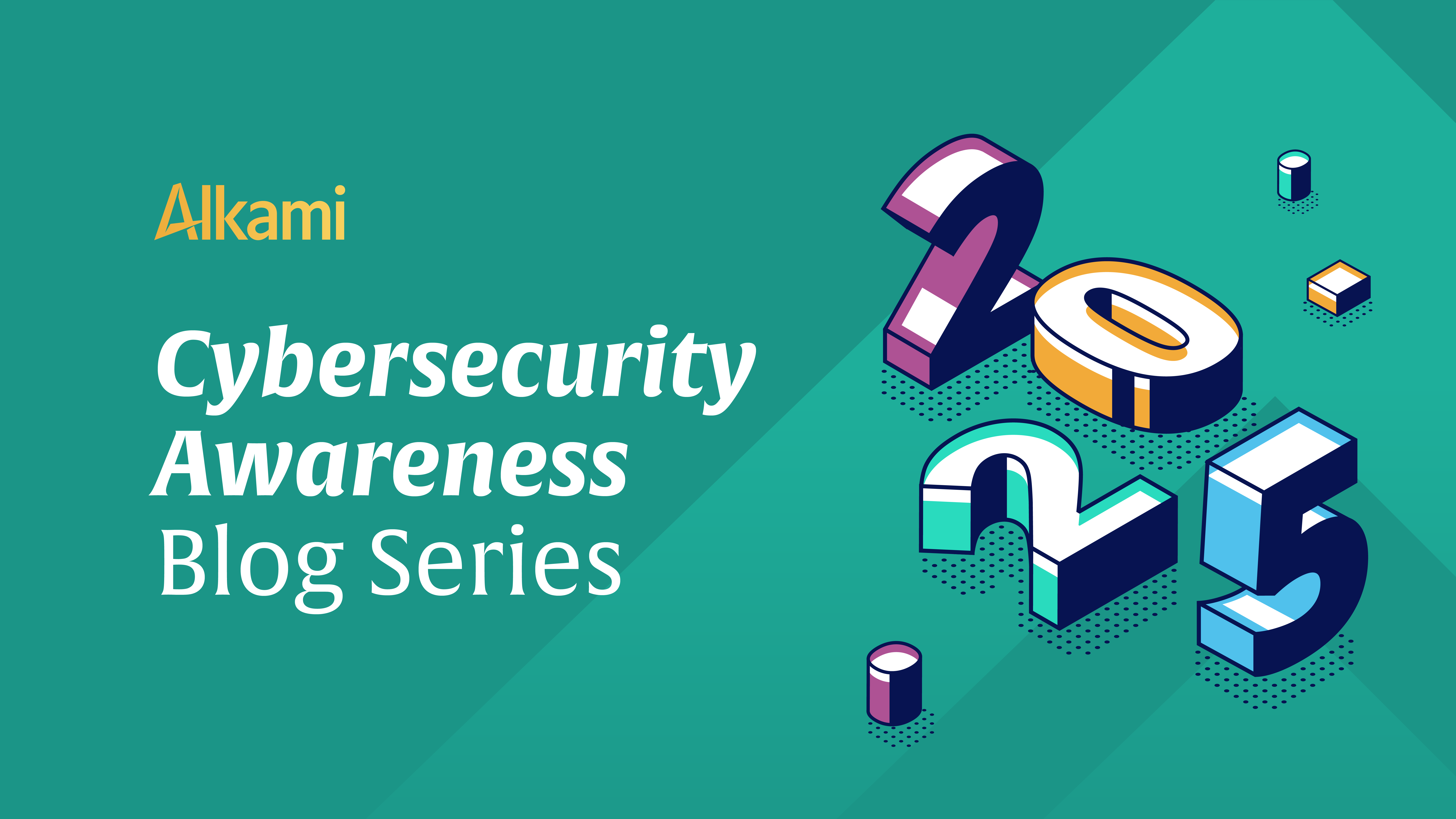Multi-Factor Authentication (MFA): MFA has long been a cornerstone of fraud prevention, but it’s evolving. Traditional password-based methods are becoming easier to breach, pushing financial institutions to adopt more advanced options like biometrics and passwordless solutions. These enhancements not only improve banking security but also offer a more seamless user experience.
Incorporating biometrics such as facial recognition, fingerprint scanning, or even analyzing user behavior can significantly enhance your MFA approach. These dynamic methods are far more secure than static passwords, which are often a target for cybercriminals.
Passwordless authentication has the potential to become a game-changer in digital banking security. By removing the need for passwords, financial institutions can reduce vulnerabilities like phishing attacks and brute-force attempts. This makes passwordless authentication a powerful tool in modern MFA strategies, offering both improved security and convenience for account holders.
Behavioral Biometrics: Behavioral biometrics adds an additional layer of security by continuously monitoring and analyzing how users interact with their devices. Unlike traditional biometrics, such as fingerprints or facial recognition, behavioral biometrics tracks subtle patterns in user behavior, such as keystroke dynamics, mouse movements, and even the way a mobile device is held. By establishing a baseline of “normal” behavior, this technology can detect deviations that might signal fraudulent activity.
For practical implementation, establish a monitoring system to capture user behavior and create alerts when unusual activity is detected. Make sure your systems are able to correlate these signals with other events to provide meaningful, actionable alerts.
AI-Powered Fraud Detection: Artificial intelligence (AI) is revolutionizing fraud detection by continuously learning from new fraud cases and detecting patterns that would be invisible to the human eye. AI models can monitor transactions in real time, flagging unusual behavior, such as attempts to access multiple accounts from different locations.
Deploying AI-powered solutions allows for proactive fraud prevention. To achieve this, collaborate with your technology team to integrate AI models with transaction monitoring systems, ensuring seamless data flow and fast response times.
Transaction Anomaly Detection: Transaction anomaly detection is another critical component of a multi-layered secure banking defense. This system continuously monitors financial transactions and identifies patterns that deviate from the norm. For example, an unusually large withdrawal or an attempt to transfer funds to a foreign bank account might be flagged as suspicious.
By analyzing multiple factors—transaction amounts, frequency, geographic location, and account history—anomaly detection systems can trigger real-time alerts. Consider using a combination of rule-based and machine-learning techniques to ensure your detection system adapts to emerging fraud patterns. Train your team to review flagged transactions promptly and intervene before fraudulent activities are completed. See how Arkansas Federal Credit Union was able to leverage this technology to counteract coordinated attacks on weekends and holidays.
Financial institutions aren’t the only ones responsible for fraud prevention—account holders play a crucial role as well. By educating and empowering customers and members to take control of their banking security, financial institutions can reduce fraud incidents and strengthen relationships.
Real-Time Alerts and Card Controls: Enable account holders to receive real-time alerts on unusual transactions or easily block/unblock cards through your digital banking solutions. Tools like setting spending limits or freezing accounts can turn customers and members into active participants in fraud prevention.
Add a user-friendly interface to your digital banking solutions that makes security options easy to understand and access. Educate account holders through in-app tutorials or email campaigns to increase adoption of these features.
Sub User Management and Transaction Permissions: For business accounts, fraud prevention extends beyond protecting a single user’s access. Financial institutions can offer sub user management tools that allow businesses to assign roles and permissions to employees based on their job functions. This means that only authorized users can access certain account features or conduct specific transactions.
To enhance security for business accounts, provide an intuitive dashboard that lets administrators quickly manage user permissions. Setting transaction limits and enforcing role-based access can minimize the risk of fraud from compromised employee credentials.
Positive Pay to Prevent Check and ACH Fraud: Check and ACH Positive Pay is a fraud prevention tool that helps businesses avoid check fraud and unauthorized ACH transfers. With Check Positive Pay, businesses submit a list of issued checks to their financial institution, including check numbers and amounts. When a check is presented for payment, the bank or credit union compares it against the provided list. If the check details don’t match, the check is flagged for review, preventing fraudulent or altered checks from being processed.
The same concept applies to ACH Positive Pay and ACH transactions, where businesses can pre-authorize certain ACH debits, ensuring that only approved transactions go through.
Work with your treasury management team to educate business account holders about Positive Pay. Highlight the benefits and provide training to help them manage exceptions efficiently.
In 2025, fraud prevention will no longer be a reactive process. Financial institutions must adopt proactive, layered banking security strategies that combine advanced AI, real-time monitoring, and account holder empowerment to stay ahead of sophisticated fraud threats. By implementing these banking security measures, financial institutions can build trust, protect assets, and secure the digital futures of their account holders.
